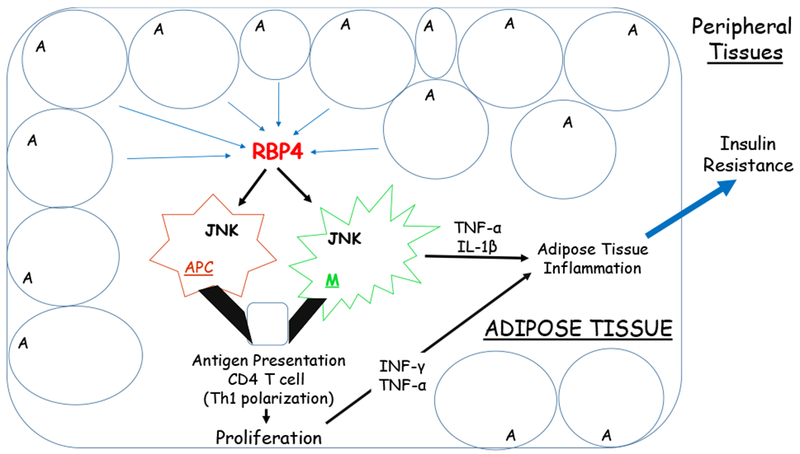Figure 3. Depiction of RBP4 immunomodulatory actions locally within and how this gives rise to insulin resistance.

RBP4 synthesized by adipocytes (A) (or possibly arriving from the circulation) activates resident adipose tissue macrophages (M) and dendritic/antigen presenting cells (APC). Through a JNK-dependent pathway, this induces proinflammatory cytokine secretion (TNFα and IL-1β) from macrophages and expression of major histocompatibility complex class II (MHCII) molecules as well as costimulatory molecules. The proinflammatory molecules and cytokines directly contribute to adipose tissue inflammation and insulin resistance. The activated antigen presenting cells induce CD4 T cell proliferation and Th1 polarization increasing levels of TNFα and IFN-γ which further stimulate adipose tissue macrophages bringing about increased local inflammation and systemic insulin resistance. Adapted from Moraes-Vieira et al. (2014).
